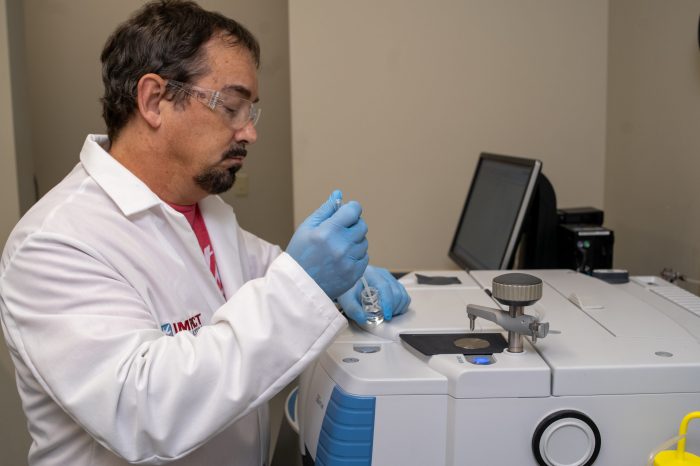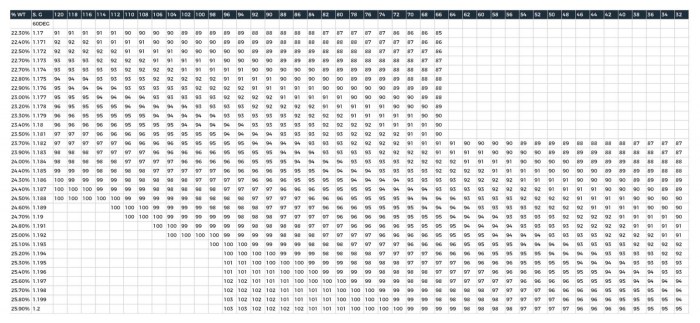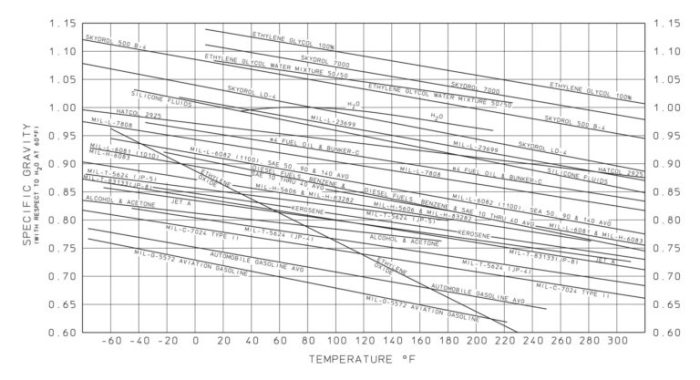Correcting specific gravity for temperature is a crucial aspect of various scientific and industrial applications. Specific gravity, a measure of the relative density of a substance compared to water, can vary significantly with temperature. Accurate correction methods are essential to ensure reliable and precise measurements in fields such as chemistry, engineering, and food processing.
This comprehensive guide delves into the methods, applications, considerations, and limitations associated with correcting specific gravity for temperature. By understanding these principles, practitioners can effectively adjust specific gravity measurements to account for temperature variations, leading to more accurate and meaningful results.
Introduction

Specific gravity, a dimensionless quantity, is a measure of the relative density of a substance compared to a reference substance. It plays a crucial role in various fields, including chemistry, physics, engineering, and environmental science. However, temperature significantly affects specific gravity, necessitating the application of correction methods to obtain accurate measurements.
This article provides an overview of specific gravity, the effects of temperature on it, and the methods used to correct specific gravity for temperature. It also discusses the applications and limitations of these correction methods.
Methods for Correcting Specific Gravity for Temperature
Several methods can be employed to correct specific gravity for temperature. These methods involve using empirical formulas or tables based on the properties of the substance in question.
- API Gravity Correction:Used for petroleum products, this method utilizes the American Petroleum Institute (API) gravity scale.
- ASTM D1250:A standard method for correcting the specific gravity of petroleum products and liquid hydrocarbons.
- IP 160:A method developed by the Institute of Petroleum for correcting the specific gravity of petroleum products.
- Specific Gravity Tables:Pre-calculated tables provide specific gravity values for different temperatures and substances.
Applications of Specific Gravity Correction
Specific gravity correction is essential in various industries and applications:
- Petroleum Industry:Accurately measuring the specific gravity of petroleum products is crucial for determining their quality, value, and taxation.
- Chemical Industry:Specific gravity correction is used in the production, storage, and transportation of chemicals to ensure proper handling and safety.
- Environmental Science:Specific gravity is used to determine the density and composition of water and wastewater, aiding in pollution monitoring and remediation.
Considerations and Limitations
Several factors can affect the accuracy of specific gravity correction:
- Substance Purity:Impurities can alter the specific gravity of a substance, affecting the correction process.
- Temperature Range:Correction methods are typically valid within specific temperature ranges. Extrapolating beyond these ranges can lead to errors.
- Accuracy of Correction Formulas:The accuracy of specific gravity correction depends on the accuracy of the empirical formulas or tables used.
Tables and Examples, Correcting specific gravity for temperature
The following table summarizes the different methods for correcting specific gravity for temperature:
| Method | Application | Range |
|---|---|---|
| API Gravity Correction | Petroleum products | -50 to 250°F |
| ASTM D1250 | Petroleum products, liquid hydrocarbons | -18 to 212°F |
| IP 160 | Petroleum products | -50 to 250°F |
| Specific Gravity Tables | Various substances | Varies |
Example:To correct the specific gravity of a petroleum product measured at 60°F to 70°F using the API Gravity Correction method, the following formula can be used:
“`Corrected API Gravity = API Gravity at 60°F + (0.0013
- (70°F
- 60°F))
“`
Questions and Answers: Correcting Specific Gravity For Temperature
What is the significance of specific gravity correction?
Specific gravity correction is crucial because it ensures accurate density measurements, which are essential for various applications such as determining the purity of substances, calculating fluid flow rates, and designing engineering systems.
What factors can affect the accuracy of specific gravity correction?
Factors that can affect accuracy include the accuracy of the measuring equipment, the temperature range over which the correction is applied, and the presence of impurities or dissolved substances in the sample.
What are the limitations of different specific gravity correction methods?
Different methods have their own limitations. For example, the pycnometer method is limited by its small sample size, while the hydrometer method is affected by the accuracy of the hydrometer and the surface tension of the liquid.


